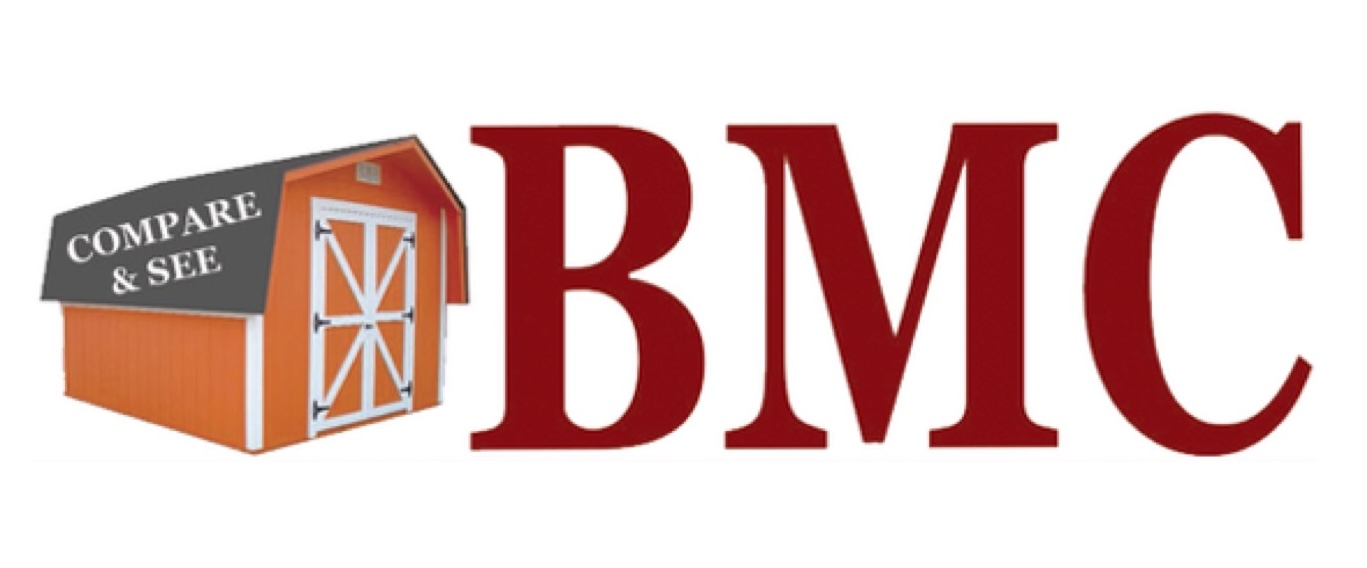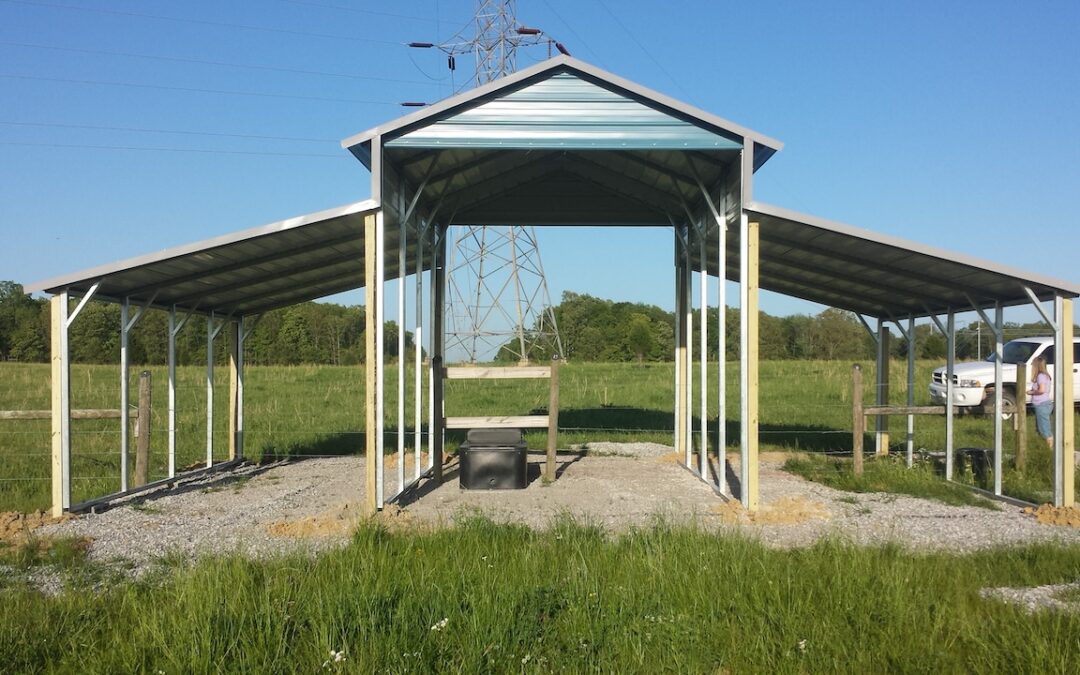Metal buildings have become an indispensable asset in agricultural settings, offering a blend of durability, versatility and efficiency that traditional structures often lack. From barns and equipment storage to workshops and greenhouses, metal buildings provide a robust solution for a variety of agricultural needs. Here’s a closer look at how metal buildings can enhance your farming operations and optimize your agricultural practices.

The Advantages of Metal Buildings in Agriculture
- Durability and Longevity
- Metal buildings are renowned for their durability and long lifespan. Constructed from high-quality steel, these structures withstand harsh weather conditions, including heavy rains, strong winds, and snow loads. This resilience ensures that your agricultural investments are protected, reducing the need for frequent repairs or replacements.
- Low Maintenance Requirements
- One of the key benefits of metal buildings is their low maintenance needs. Unlike wood structures that may require regular painting, sealing, or pest control, metal buildings are resistant to rot, pests, and fire. A simple wash with a pressure washer is often sufficient to keep the building in good condition, saving you time and effort in maintenance.
- Cost-Effectiveness
- Metal buildings are often more cost-effective than traditional construction methods. The materials are typically less expensive, and the construction process is quicker, which can result in lower labor costs. Additionally, the longevity and low maintenance requirements contribute to long-term savings.
- Customizability
- Metal buildings can be customized to meet specific agricultural needs. From varying sizes and layouts to specialized features like insulation and ventilation, metal structures offer flexibility that allows you to design a building that fits your exact requirements. This adaptability is especially useful for agricultural applications where space and functionality are critical.

Applications of Metal Buildings in Agriculture
- Barns and Livestock Housing
- Metal barns are ideal for housing livestock and storing feed and equipment. The spacious interior of metal barns can be customized to include stalls, tack rooms, and storage areas. The robust construction provides a safe and comfortable environment for animals, with features such as ventilation systems and insulation to regulate temperature and humidity.
- Equipment Storage
- Protect your valuable farming equipment from the elements with a metal storage building. Whether you need a small shed for hand tools or a large facility for tractors and combine harvesters, metal buildings offer ample space and protection. The durability of metal ensures that your equipment remains in top condition, reducing the risk of damage and extending its lifespan.
- Workshops and Processing Areas
- Metal buildings can be transformed into workshops or processing areas for various agricultural activities. These spaces can be equipped with workbenches, storage cabinets, and specialized tools. The open floor plan and high ceilings of metal buildings provide ample room for machinery and operational activities.
- Greenhouses and Growing Facilities
- For those involved in plant cultivation, metal structures can be used to create greenhouses or growing facilities. The strength of metal frames supports large spans of glazing, maximizing sunlight exposure and creating an optimal environment for plant growth. Additionally, metal buildings can be equipped with climate control systems to regulate temperature and humidity levels.
- Animal Feed Storage
- Store animal feed securely in a metal building designed for this purpose. Metal buildings prevent rodents and pests from accessing the feed, ensuring that it remains clean and dry. Properly designed feed storage facilities also help in managing inventory and maintaining an organized feeding system.
- Farm Offices and Living Quarters
- Metal buildings can also serve as offices or living quarters on a farm. Create a comfortable and functional space for administrative tasks, meetings, or staff accommodation. With options for insulation, plumbing, and electrical wiring, these buildings can be adapted to include all the amenities you need.


Considerations When Choosing a Metal Building for Agriculture
- Size and Layout: Determine the size of the building based on your specific needs and the amount of space required for equipment, livestock, or other uses. Work with a provider to customize the layout to ensure it meets all your operational requirements.
- Insulation and Ventilation: For agricultural buildings, consider insulation to maintain a stable internal temperature and ventilation systems to manage airflow and humidity levels.
- Local Building Codes and Permits: Ensure that your metal building complies with local building codes and regulations. Obtain any necessary permits before construction begins.
- Customization Options: Explore different customization options such as doors, windows, and additional features like skylights or security systems to enhance the functionality and efficiency of your metal building.
Metal buildings offer a practical and efficient solution for a wide range of agricultural applications. Their durability, low maintenance requirements, and customizability make them an excellent choice for farmers looking to optimize their operations and protect their assets. At BMC Storage Buildings, we provide high-quality metal structures designed to meet the specific needs of the agricultural sector. Contact us today to explore how a custom metal building can enhance your farming practices and support your agricultural goals.

METADATA-START

